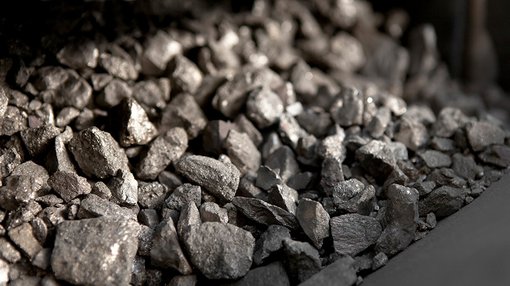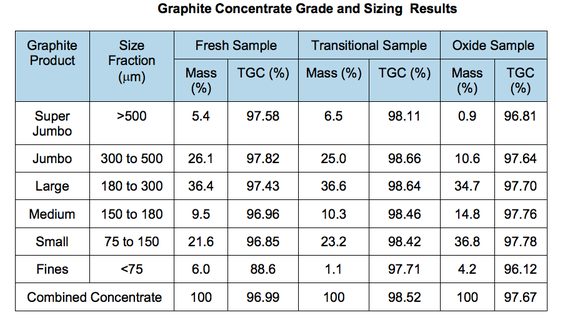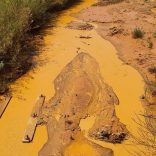Mozambique's Sovereign Wealth Fund receives US$200 million in H1
Mustang releases “outstanding” results from graphite-vanadium play – Mozambique

Mustang Resources Ltd (ASX:MUS) has today announced positive results from further graphite metallurgical testwork at its Caula Graphite-Vanadium Project in Mozambique.
The company consider the results of the metallurgical tests to be genuinely outstanding, having delivered a significant increase in flake size and a reduction in the costs of processing reagents.
The tests were conducted on samples of oxide, transition and fresh material taken from the area of Caula drilled in 2017.
Results of this calibre act as further indication that the Caula Project has considerable potential as a low-cost supplier to the expandable graphite and lithium battery industries. As such, the results will be incorporated into the company’s Scoping Study, which is well underway.
Mustang Managing Director Dr Bernard Olivier said of the results, “These metallurgical results are outstanding and provide further evidence of the exceptional quality of the graphite at Caula.
“We managed to achieve an extraordinary 27% increase in the cumulative proportion of large to super jumbo flakes (>180μm) while maintaining our exceptional concentrate grade of 97%. The large to super jumbo flake-sizes in the fresh zone increased from 55% to 68% while the cumulative oxide zone increased from 44% to 60%.”
MUS’s Caula Project is unique due to its high-grade, shallow mineralisation combined with the potential for excellent recovery rates, as demonstrated by today’s results. In addition, Caula contains top graphite concentrate flake-size distribution and purity, and is located along strike from Syrah Resources’ (ASX:SYR) world-class Balama graphite project in Mozambique.
It should be noted it is still early stages here, so investors should seek professional financial advice if considering this stock for their portfolio.
Test work results in more detail
The latest test work flowsheet created by MUS was a modification of a similar flowsheet it used previously.
By graphite industry standards this latest flowsheet is remarkably simple, and has also been extended to allow integrated extraction of both graphite and vanadium from the same feed material.
MUS expects to release results in the not too distant future regarding the initial vanadium concentration work it is currently undertaking.
In addition to other improvements to the flowsheet, a simpler and lower cost reagent scheme was used in the current test work. The new reagent scheme will cost less than half that used in the test work for the company’s 17 December announcement, further adding value to the project.
The below table shows the graphite concentrate grade and sizing results from the company’s latest round of test work:

MUS stated that it greatly welcomes the prospect of developing a low-cost high-grade graphite product, with the high head-grade and simplified flowsheet presenting even more substantiation for its Scoping Study set to be completed in the third quarter.












Leave a Reply
Be the First to Comment!
You must be logged in to post a comment.
You must be logged in to post a comment.